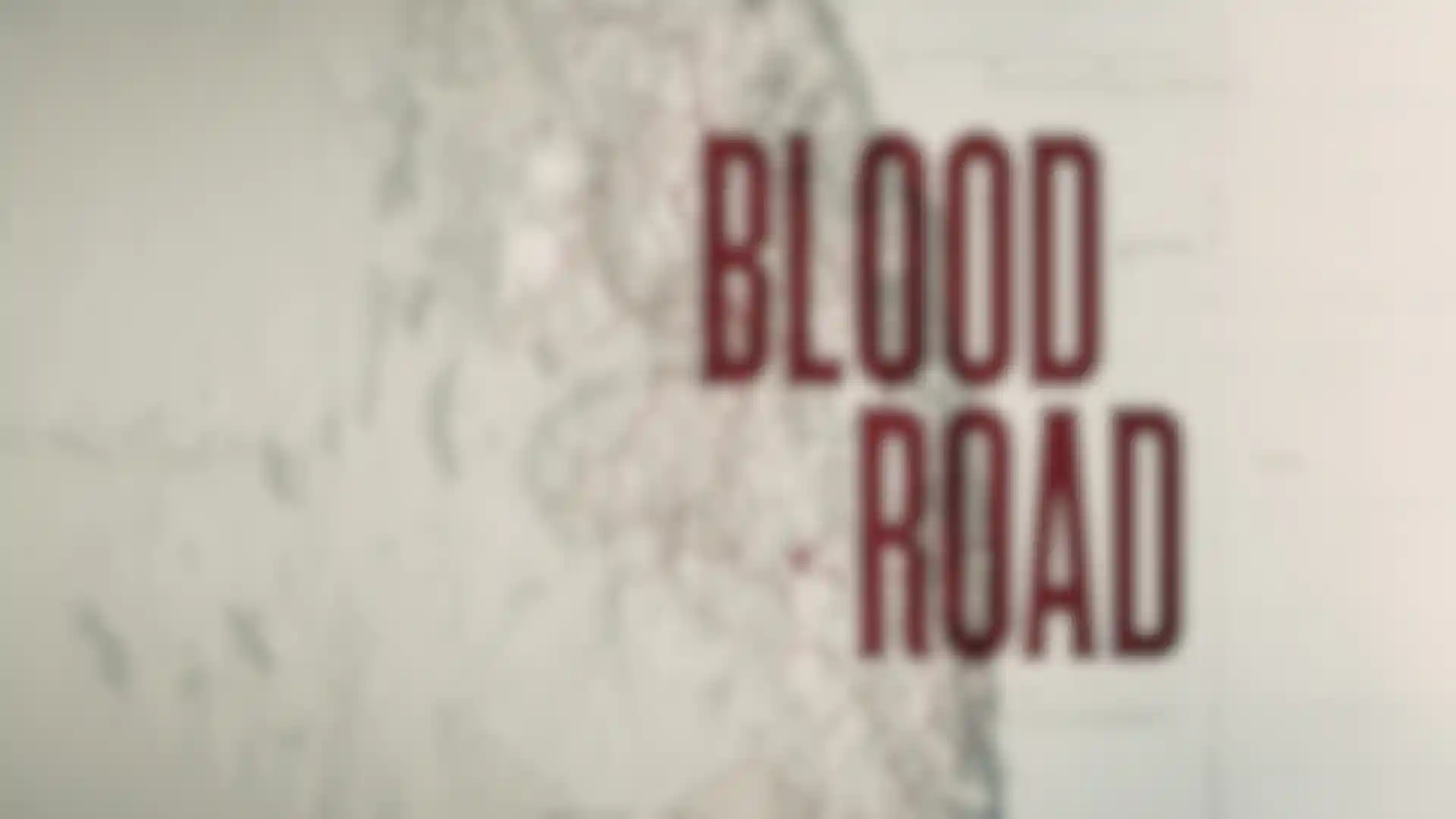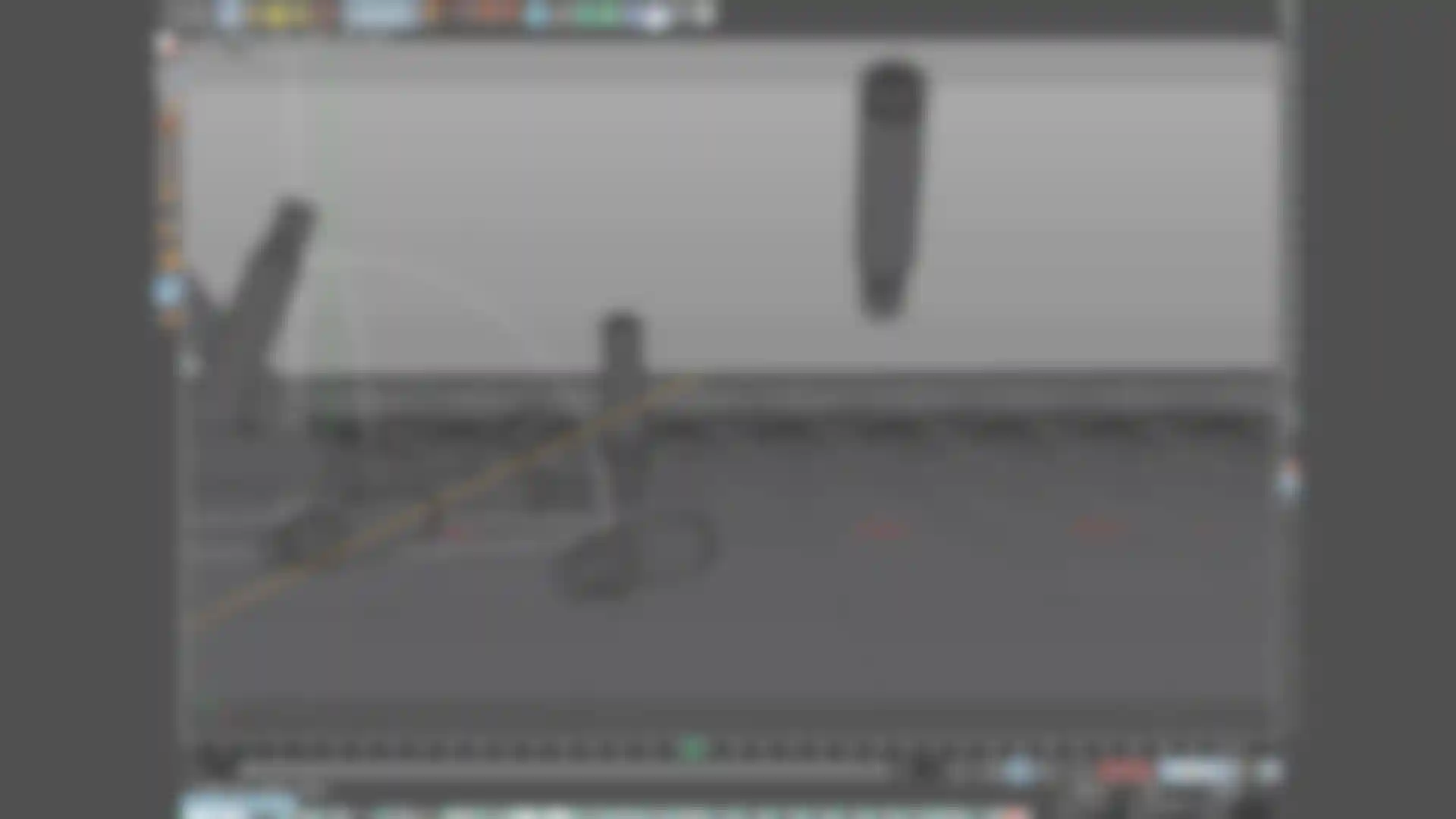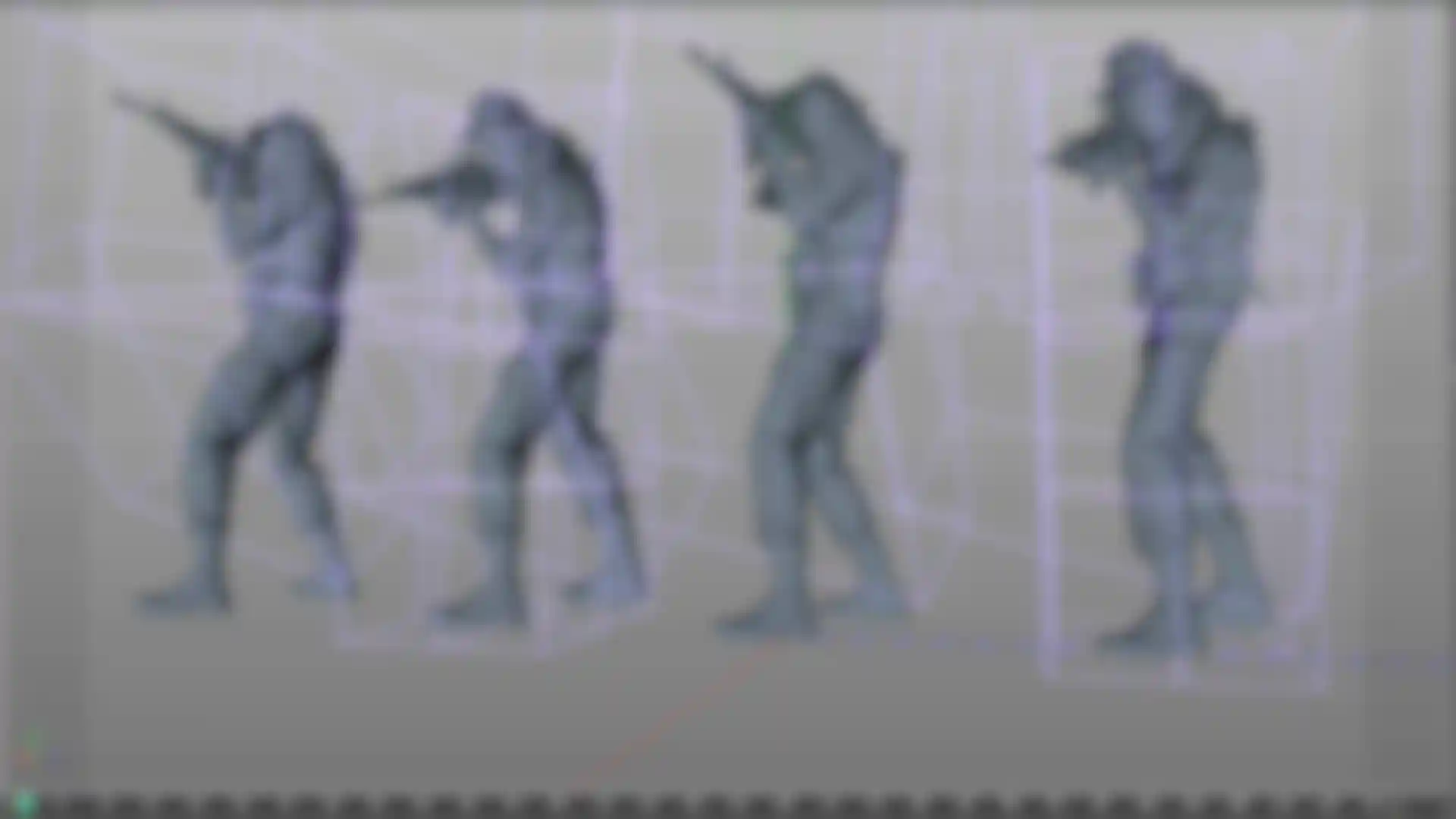
Blood Road Johnny Likens talks about art directing a new film that follows a mountain biker down the Ho Chi Minh Trail.
Blood Road, a Red Bull Media House production that premiered at film festivals earlier this year, follows ultra-endurance mountain biker, Rebecca Rusch, as she bikes 1,200 miles through Vietnam, Laos and Cambodia along the Ho Chi Minh Trail. Accompanied by her riding partner, Huyen Nguyen, a Vietnamese mountain bike racer, Rusch hopes to find the site where her father's plane was shot down 40 years ago during the Vietnam War.
Art director Johnny Likens worked closely with director Nicholas Schrunk on the documentary. He also used Cinema 4D combined with other software to create the film’s opening graphic sequence, as well as all of the information graphics, the custom map and terrain visuals and the historical archive footage treatments.
Over the years, Likens has worked at many top studios in New York, including The Mill, Framestore and, currently, Method Studios. His many credits include: creating opening title sequences for HBO’s The Night Of and FX’s Taboo, as well as the feature film Collateral Beauty. He has also earned a daytime Emmy nomination for Outstanding Achievement in Main Title and Graphic Design, and was recently made Shots Magazine’s 2017 list of Rising Stars Under 30.
Here Likens talks about his role in the making of Blood Road. See his motion design reel here:
How did you get involved with the Blood Road project?
JL: Just out of school, I entered a motion design competition called Cut&Paste. That was where I first met Nick Schrunk, who would soon go on to land a job at Red Bull. Over the years we’ve collaborated on many Red Bull projects together, so when Nick was up for directing his first feature-length doc, I was one of the first people he brought on board.
Describe the film’s emotional opening sequence?
JL: I spent the majority of my time on this project crafting the opening sequence. It was such an important part of the film because it needed to communicate so much of the backstory, as well as introduce Rebecca, her father and the timeline of events. We built the opening and tore it apart probably eight to ten different times. There were a lot of versions that were scrapped before we found the one that worked best.
How did you work with the director, and what was his vision?
JL: There are a lot of hard-hitting statistics that many people don’t know about the Vietnam War. Nick and I talked in depth about how important it was to communicate some of those things without being biased, disrespectful or inaccurate. As I developed the graphics, it was clear that some visuals needed to be more literal whereas others could be more abstract and representational. For example, I created a rising or falling US flag inside an architectural space evocative of a war memorial to communicate that America was very divided over that war and in quite a state of turmoil during those years. Alternately, to make the death toll statistics truly hit home, I made sure there was a clear and accurate visual showing the difference between the 58,000 US soldiers killed in the war compared with 3,000,000 Vietnamese killed.


How long did you work on this?
JL: On and off for more than two years, and the project was a long time in the making because there was a ton of planning and preliminary design work that started even before the shoot. In the last couple of months of production, I enlisted a talented friend, Wes Ebelhar, to help me out with the historical map sequences and other animated shots. Wes is a total design and animation powerhouse, and I couldn’t have been more satisfied with the quality of work we were able to achieve.
What did you enjoy most about working on this?
JL: My favorite part of this project, and all of my projects, really, is the initial design phase. That’s when most creative decisions get made, and it’s very exciting thinking about all of the different ideas and creative possibilities. I remember Nick and I going back and forth about what role the design and animation would play in the film, and then I’d go away for a few weeks and come back with a ton of design exploration to show him and we’d go from there.





